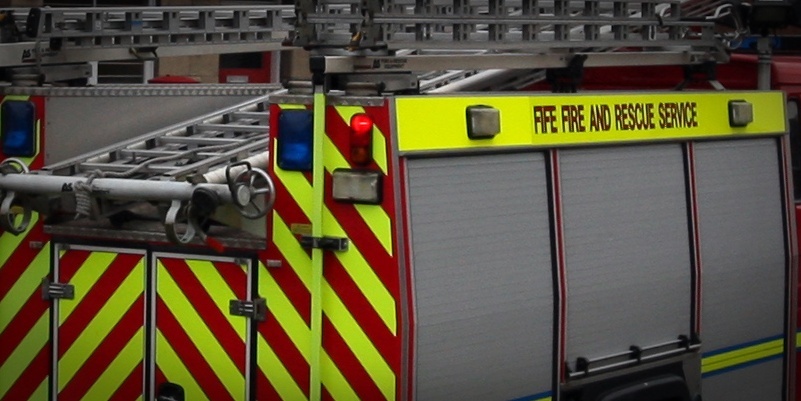Moving Dunfermline Fire Station means that appliances are failing to arrive at incidents in the 10-minute target.
Since the station at Pitreavie was opened, response times have gone up by an average of over four minutes.
Kincardine and the surrounding area has been worst affected.
From April to December 2009, before Dunfermline and Rosyth crews were merged, appliances took an average of 16.75 minutes to reach the scene.
Over that period in 2010, the response time was 22.05 minutes.
Response times for west Fife villages including Saline, Oakley and Gowkhall have also been badly hit.
Before the stations at Carnegie Drive in Dunfermline and Castle Road in Rosyth were shut, crews got to fires in the villages in 9.31 minutes. However, this has slipped to 13.36.
To the west of Dunfermline, including Torryburn and Valleyfield, fires are still being reached within 10 minutes but the response time has increased from 5.89 minutes to 9.84.
Chief fire officer Neil McFarlane said the extra time was an “acceptable risk” because of the drive to educate householders about fire safety.
He said, “Obviously some response times have increased but we have put in additional resources to ensure that all houses have a home fire assessment carried out so people are safer in their homes.
“People should be able to get out of their houses, because of improved home safety, so what we are dealing with is a structural fire.”
The statistics are no surprise to firefighters, who warned in 2007 that the move to Pitreavie could risk lives.
A crew member contacted The Courier claiming the move was a cash-saving measure and was being pursued despite calculations predicting the increase in response times.
Fife Fire and Rescue say the statistics are mitigated by the fact accidental house fires have decreased as a result of their proactive approach.
The number of house fires in west Fife, which dropped from 898 between April and December 2009 to 799 for the same period in 2010, was less than the Fife average and “significantly less” than the Scottish average.
Mr McFarlane added that appliances from Central Scotland Fire and Rescue occasionally mobilised to incidents in Kincardine and the statistics had not taken this into account.
He said the arrangement with the neighbouring service meant response time targets were being met “on the majority of occasions.”
A report to Fife Council’s police, fire and safety committee will be considered at a later date.
The report said, “The service will continue to monitor fire appliance response times throughout the service along with engaging with communities to ensure people are given the best information relating to the fire safety precautions that can be taken to reduce the risk of fire in the home and in the workplace.”
